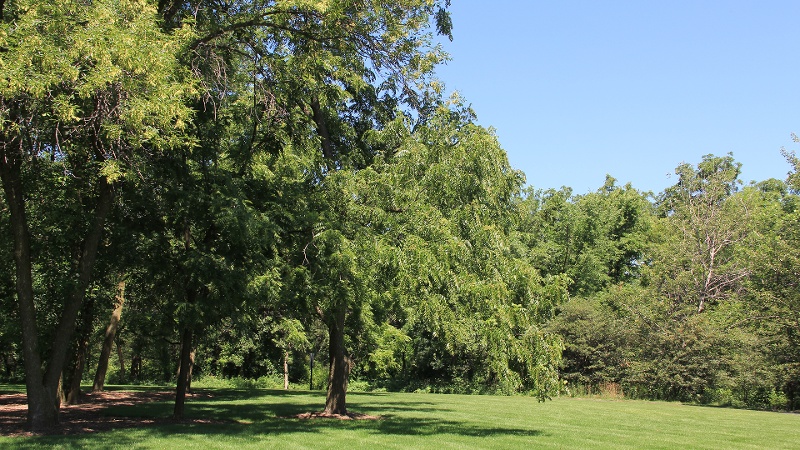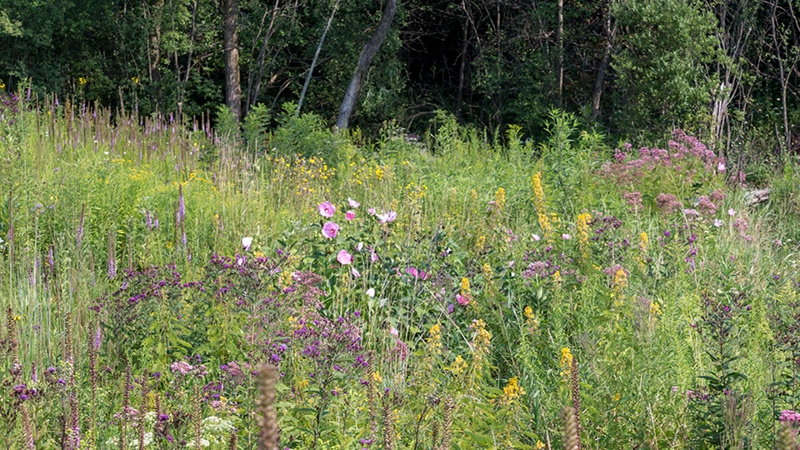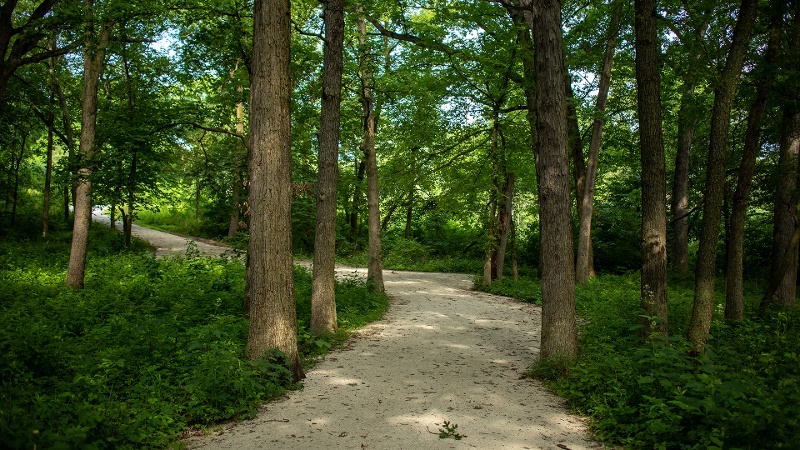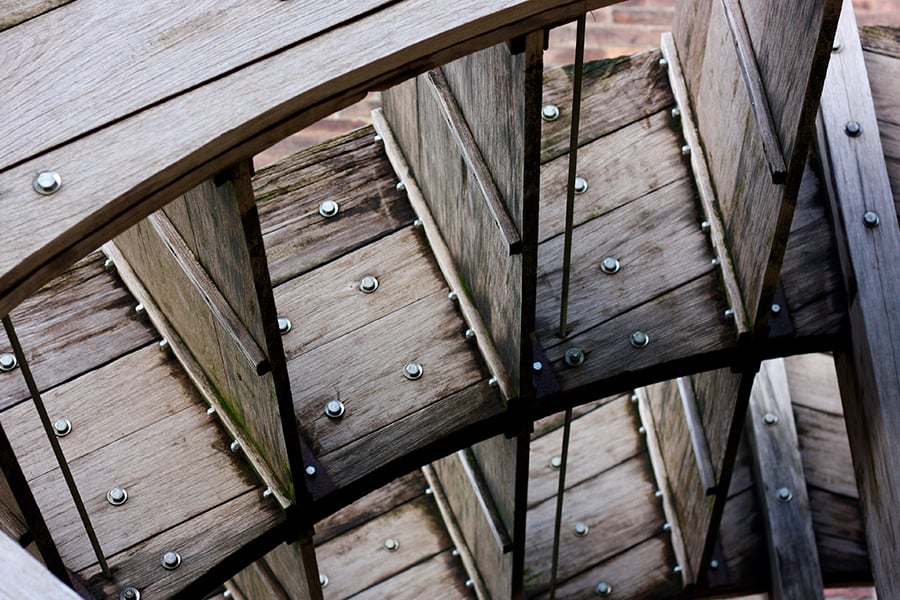
Graue Mill and Museum
at Fullersburg Woods
Maps
Hours
Graue Mill and Museum is open mid-April through mid-November Wednesday –Sunday 10 a.m. – 4 p.m. It is closed on Mondays, Tuesdays, and select holidays. Admission is free.
Demonstrations take place on Saturdays and Sundays at 2 p.m. Watch for special pop-up programs, too. Sign up for "POPUP" text alerts for updates!
The surrounding Fullersburg Woods Forest Preserve is open daily from one hour after sunrise until one hour after sunset.
Contact Us
Plan Your Visit
Graue Mill and Museum is listed on the National Register of Historic Places and is the only gristmill recognized as an Illinois Historic Mechanical Engineering Landmark by the American Society of Mechanical Engineers for representing an important technology and era in the history of America.
Programs on milling, spinning, and weaving illustrate life between 1850 and 1860 and the effect mills had on the area’s culture. The mill is open for tours and programs mid-April to mid-November and offers hands-on day camps for kids to enjoy in the summer.
The restored Frederick Graue House was the 1850s Victorian home of the Graue family.
History
Born in Germany, Frederick Graue came to the United States and settled in Fullersburg, Illinois, in 1842. In 1849, he and a partner, William Asche, purchased the site of a burned-down sawmill and built a gristmill there. Limestone for the basement walls was quarried near Lemont; bricks for the rest of the walls were made from clay from the Graue farm and fired in kilns near the mill site. Flooring, beams and posts were from white oak timbers cut along the I & M Canal. The four one-ton buhrstones used for grinding were imported from France. After the gristmill opened in April 1852, it ground wheat, corn, and other grains produced by local farmers.
The mill was a major center of economic life during the 19th century. Frederick Graue and his third son, F.W. (William) Graue operated the mill for 70 years until modern milling methods rendered it obsolete and the building was abandoned.
Graue Mill was listed in the National Register of Historic Places in May 1975. In 1981 it was recognized as an Illinois Historic Mechanical Engineering Landmark by the American Society of Mechanical Engineers — the only gristmill so designated on a national or local level, representative of an important technology and era in the history of America.
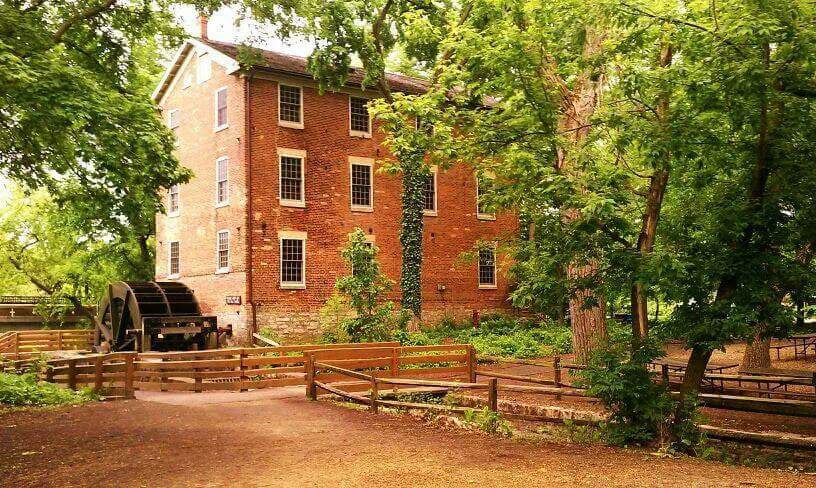
Graue Mill and Museum Programs & Events
In additon to the programs below, demonstrations take place on Saturdays and Sundays at 2 p.m. Watch for special pop-up programs, too. Sign up for "POPUP" text alerts for updates!
